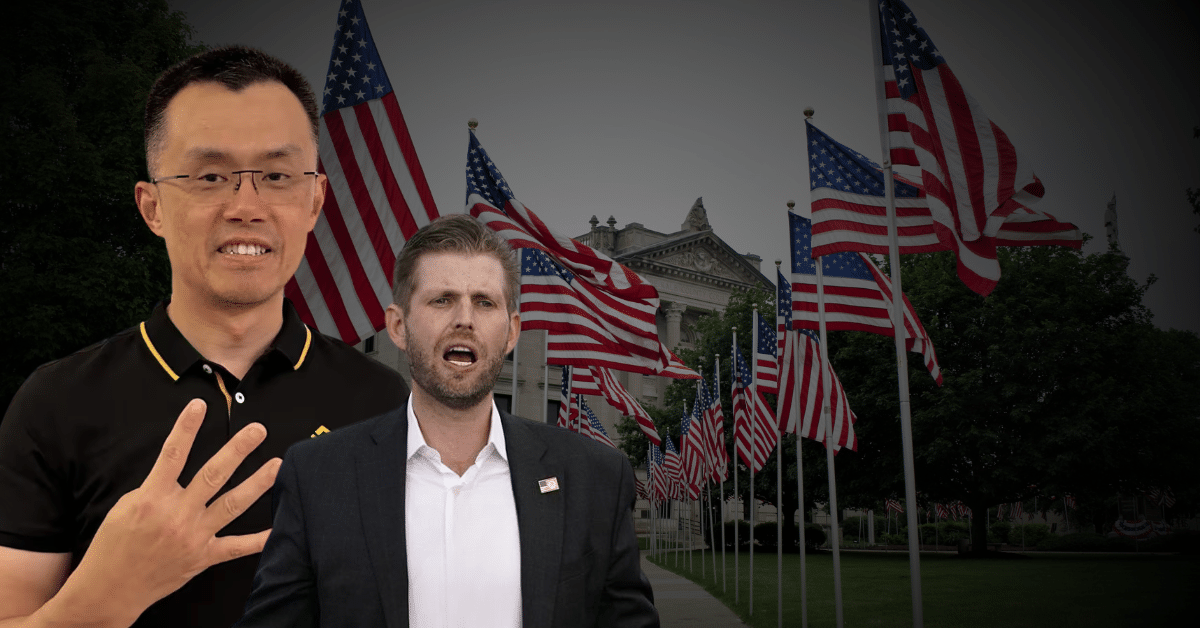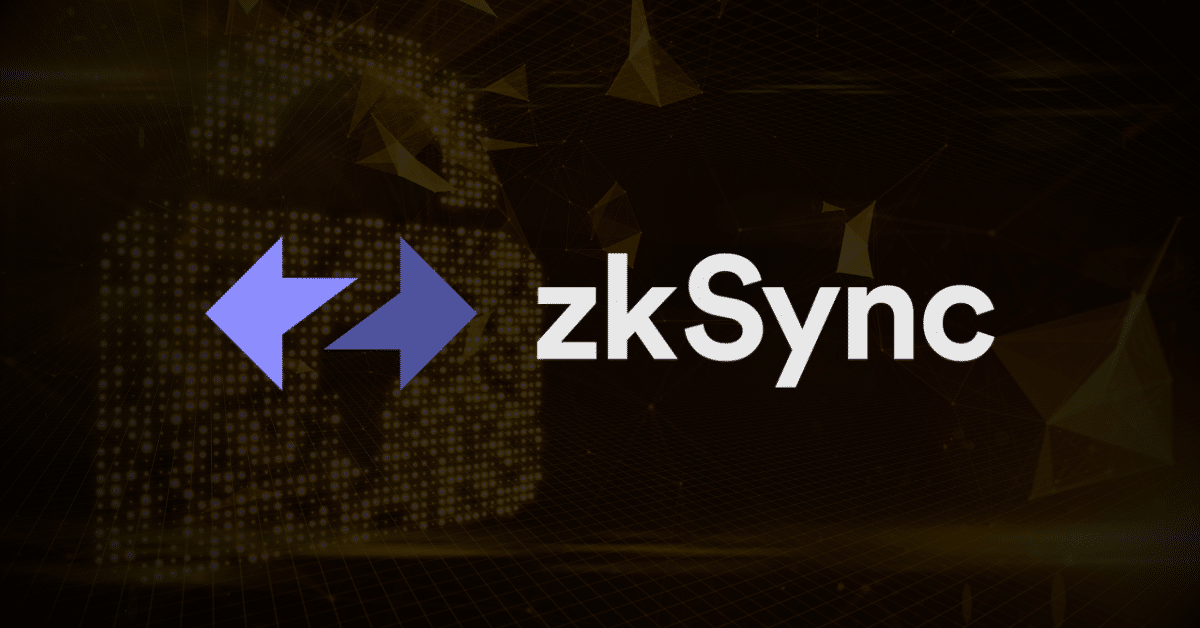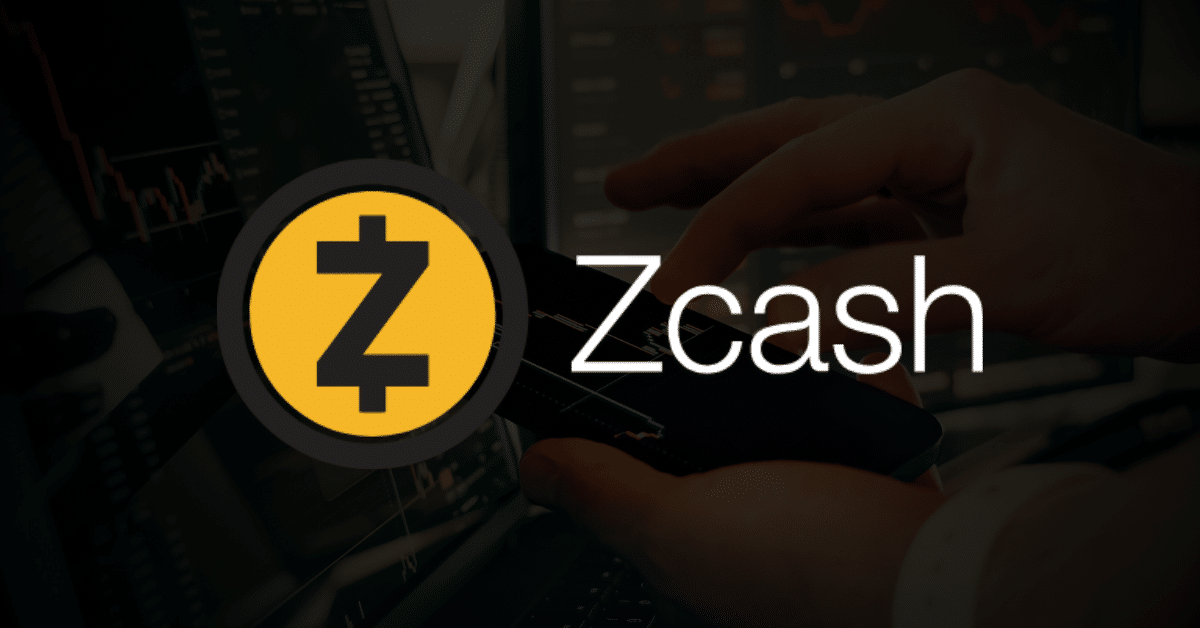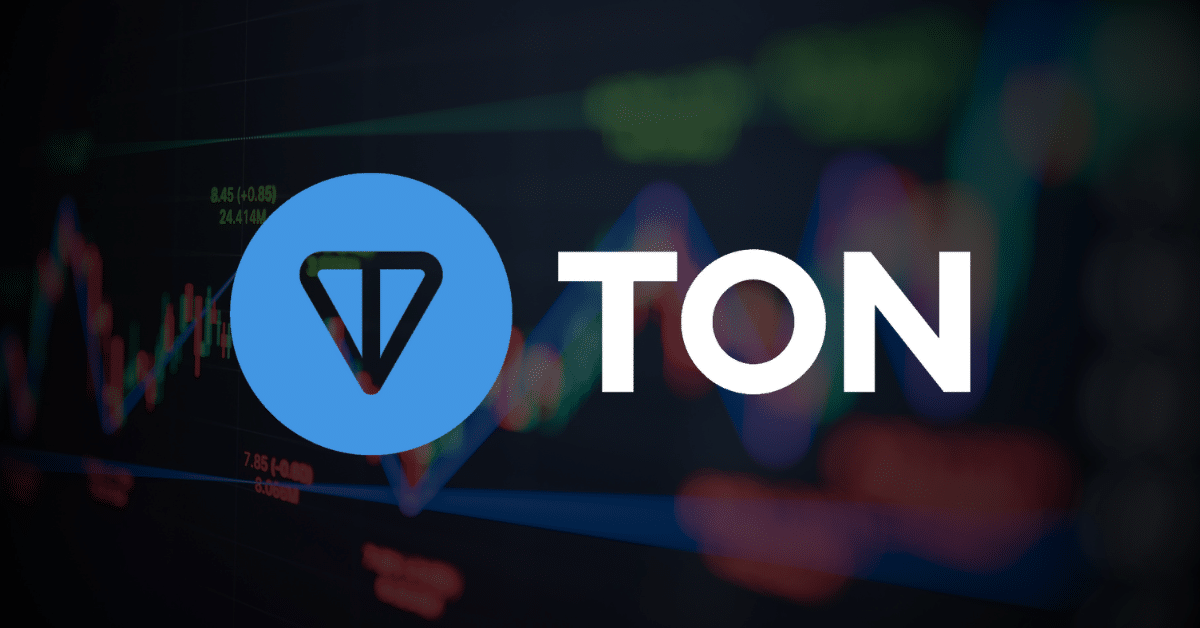Key Takeaways
- World Liberty Financial recently launched USD1 Stablecoin, raising eyebrows considering that US President Donald Trump backs it.
- The stablecoin aims to bridge the gap between cryptocurrency and traditional finance and features a total supply of $3.5 million.
- Former Binance CEO Changpeng Zhao said the USD1 stablecoin is not currently tradable, highlighting potential strategic planning behind the launch.
World Liberty Financial, the venture-backed by UD President Donald Trump, recently quietly launched USD1 stablecoin, a US dollar-pegged stablecoin with a total supply of over $3.5 million.
According to on-chain data from Etherscan and BscScan, the USD1 stablecoin project was launched in early March. Observers in the crypto space speculate that the Decentralized Finance (DeFi) project WLFI might be testing the long-awaited stablecoin before rolling it out for the broader public.
Growing Momentum on Stablecoin Regulation
The launch of USD1 stablecoin marks the culmination of a plan in the woodwork for months. There have been rumors lately that the Trump family was planning a stablecoin. Still, they were addressing matters related to the product’s safety and legality at the time. With Trump, the White House, and Republicans in Congress racing to draft a bill to legalize stablecoins, perhaps the WLFI team felt it was time to enter the lucrative but increasingly crowded stablecoin segment.
The launch of the USD1 Stablecoin coincides with growing momentum in Washington around stablecoin regulation, with Trump recently urging lawmakers to pass laws supporting the segment. The proposed Guiding and Establishing National Innovation for US Stablecoins (GENIUS) Act cleared the Senate Banking Committee on March 13, and word had it that it could be headed to a full vote soon. According to Bo Hines, the executive director of the President’s Council of Advisers on Digital Assets, the stablecoin bill could land on Trump’s desk by June.
Changpeng Zhao Denies Involvement
Since it was launched in September 2024, World Liberty Financial has been faced with several controversies. The project is believed to be owned by the Trump family and states on its website that the First family and their associates hold 60% of its equity. It reportedly completed public token sales in mid-March, garnering $550 million. With the USD1 stablecoin launch, there are new rumors that the Trump family is in talks with former Binance CEO Changpeng Zhao over a potential stake, but CZ has denied any involvement. However, CZ confirmed the project’s smart contract was deployed on the BNB Chain and Ethereum, adding that the stablecoin was “not currently tradeable.”
Conflict of Interest
Donald Trump’s dalliance with cryptocurrencies continues to raise eyebrows, with critics pointing out a potential conflict of interest as he promotes regulation and crypto projects he is involved in at the same time. Speculation flourished after Tron founder Justin Sun acquired a $30 million stake in World Liberty Financial days after Trump’s election win, and soon after his inauguration, the SEC terminated a lawsuit against Sun, promising to explore a resolution. Under acting Chair Mark Uyeda, the regulatory agency has dropped numerous enforcement cases against crypto firms, including Coinbase and Ripple.
Conclusion
The launch of World Liberty Financial’s USD1 stablecoin comes amid a growing surge in demand for dollar-pegged digital assets. Market data shows a 50% increase in active stablecoin wallets over the past year, with the asset’s total market cap exceeding $200 billion in January, while Tether (USDT) and USDC remain the dominant market players. Pegged to the US dollar price, stablecoins serve as a significant on-and-off bridge between crypto and fiat markets, allowing users to park on-chain funds in currencies that remain fixed in value even when crypto markets fluctuate. Stablecoins also function as dollar equivalents in markets where dollars are restricted.
Frequently Asked Questions (FAQs)
How are stablecoins regulated?
Stablecoin issuers or other entities providing services are mostly authorized by regulatory authorities such as the SEC and FCA, whose standards require issuers to back stablecoins with stable and liquid reserves to enable redemptions at par upon request.
What are the regulatory risks currently associated with stablecoins?
There are current legal and compliance risks because, like all other digital assets, users can acquire stablecoins with some degree of anonymity, which makes them ideal for criminals. Most authorities fear that stablecoins will be used for terrorist financing or to launder money from other critical enterprises.
What is the progress of Stablecoin regulation in the US?
In the US, stablecoin regulation is gaining momentum. The bipartisan “Guiding and Establishing National Innovation for U.S. Stablecoins Act” (GENIUS Act) is making significant progress, passing the Senate Banking Committee in March 2025. It aims to establish a comprehensive regulatory framework for the payment of stablecoins.























